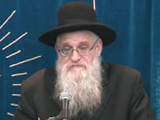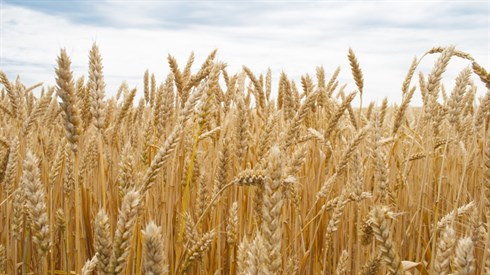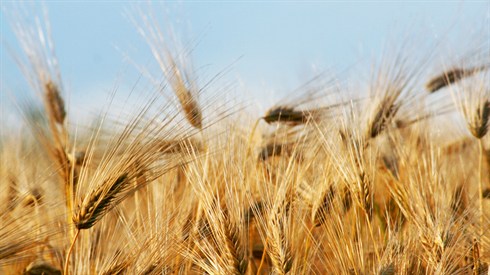- Sections
- Parashat Hashavua
- Torah Portion and Tanach
- Chayei Sara
424
This is also the same cloud that the midrash discusses in the previous parasha, when Avraham and Yitzchak were on their way to Mt. Moriah for Akeidat Yitzchak. The pasuk says that on the third day they saw the place from afar. The midrash (Midrash Rabba 56:22) says that they identified the mountain by the cloud hovering above it. The midrash continues that Avraham made sure that Yitzchak saw the same thing that he had seen. The two already recognized this cloud from Sarah’s tent, the place where Sarah found out about the upcoming birth of Yitzchak. Whoever was able to see the cloud understood that there was a special Divine Presence.
We find a different view on the matter in "David’s Song" (Shmuel II, 22:10), referring to Hashem: "He made the heaven lean down and He went down, and mist was under His legs." Targum Yonatan refers to this as a darkening performed by a special cloud – compare to Targum to Bereishit 15:17. Thus, the cloud was described as the "mist under Hashem’s legs."
Considering that mist and clouds darken and hold back the impact of the sun, what is the philosophical significance in relation to the Divine Presence they represent? According to the Targum, in order to be able to come in contact with the Divine Presence, there is a need for the revelation to be in a hidden manner, in a cloud, mist, and/or darkness.
The Ralbag has a different approach. When there is a need for the Divine Presence, which appears when Hashem wants to help someone, like David Hamelech, the Divine Presence descends to a low, material place, as indicated by the cloud. This "lowering of the heaven" is seen to man as a darkening and is described by the presence of mist.
Radak (on the parallel appearance of mist in David’s Song, as found in Tehillim 18) takes a third approach. The darkness under Hashem’s feet refers to Hashem bringing darkness to His enemies when He "tramples them with His feet." Thus, the three possibilities are that the darkness hides the Divine Presence, expresses a descent to the physical world, or depicts the hard times for Hashem’s enemies. When darkness is once again mentioned in David’s song (Shmuel II 22:12), the Targum again says it refers to the Divine Presence. Also, then, after the Exodus, when there were clouds of glory and darkness, Rashi (Shemot 14:21) explains it as Hashem’s Presence separating the Egyptian army from Bnei Yisrael.
If we are able to unite ourselves and live as one person with one heart opposite the mountain, maybe we will merit to see some of the special clouds that our forefathers saw at Sinai

Monotheism in Egypt?! Yes!
Various Rabbis | Tevet 5768

The Intersection of the Three Eichas
Rabbi Moshe Erenreich | 6 Av 5767

“You Shall Do for Me a Sanctuary... Tabernacle”
Rabbi Yossef Carmel | 28 Shvat 5768

Parashat Hashavua: What Will Happen in the “End of Days”?
Rabbi Yossef Carmel | Tevet 5785

The Mitzvah of “Duchening” - Birchas Kohanim
Rabbi Yirmiyohu Kaganoff | 5769

Birkat Kohanim – The Priestly Blessing
Chapter Twenty-Part One
Rabbi Eliezer Melamed | 5775

Performing a Proper Hesped
Rabbi Yirmiyohu Kaganoff | 5771

Understanding the Shalom Zachor
Rabbi Avraham Rosenthal | Cheshvan 12 5780
Daf Yomi Makkot Daf 12
R' Eli Stefansky | 22 Nisan 5785

P'ninat Mishpat: Unsuccessful Transfer of Yeshiva – part IV
based on ruling 82138 of the Eretz Hemdah-Gazit Rabbinical Courts
Beit Din Eretz Hemda - Gazit | Nisan 5784
Daf Yomi Makkot Daf 9
R' Eli Stefansky | 19 Nisan 5785






